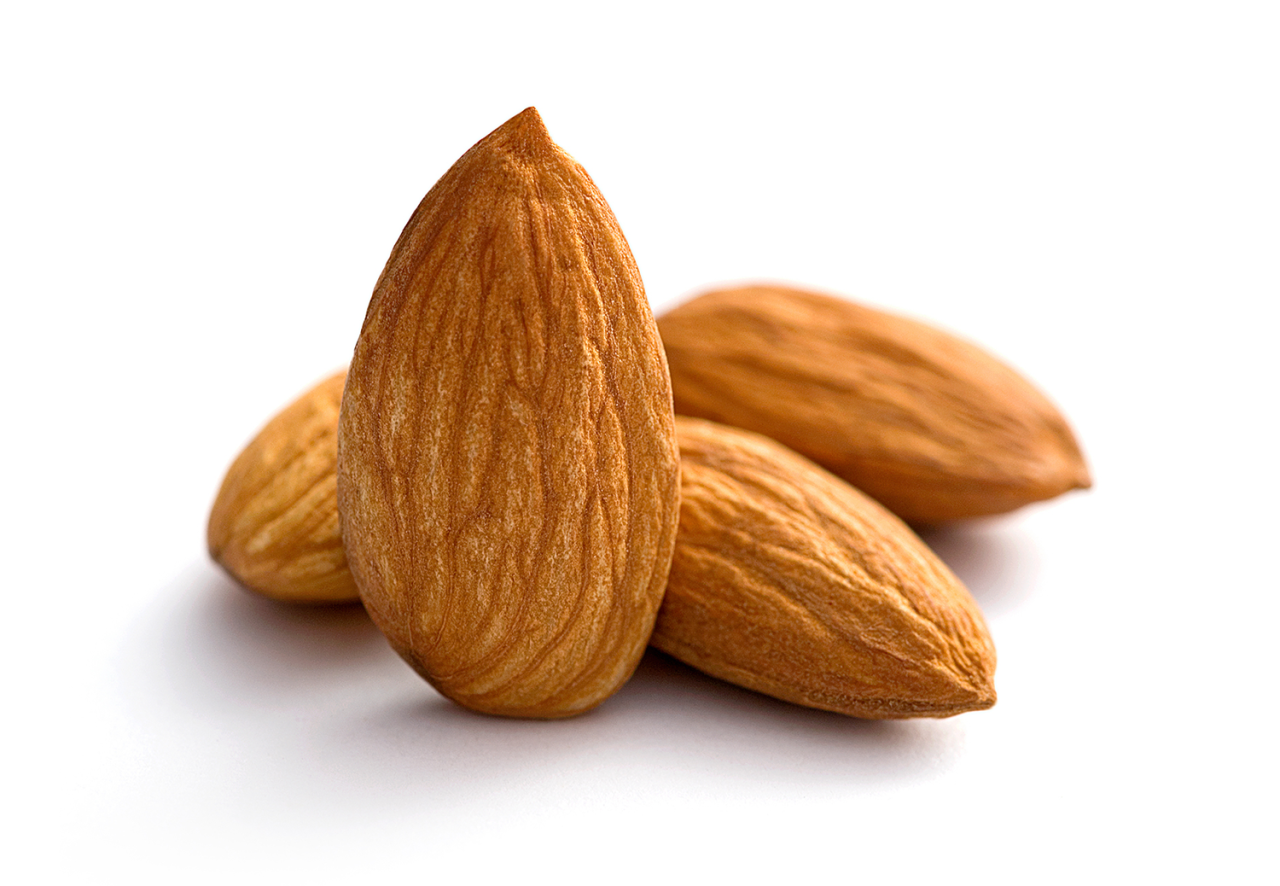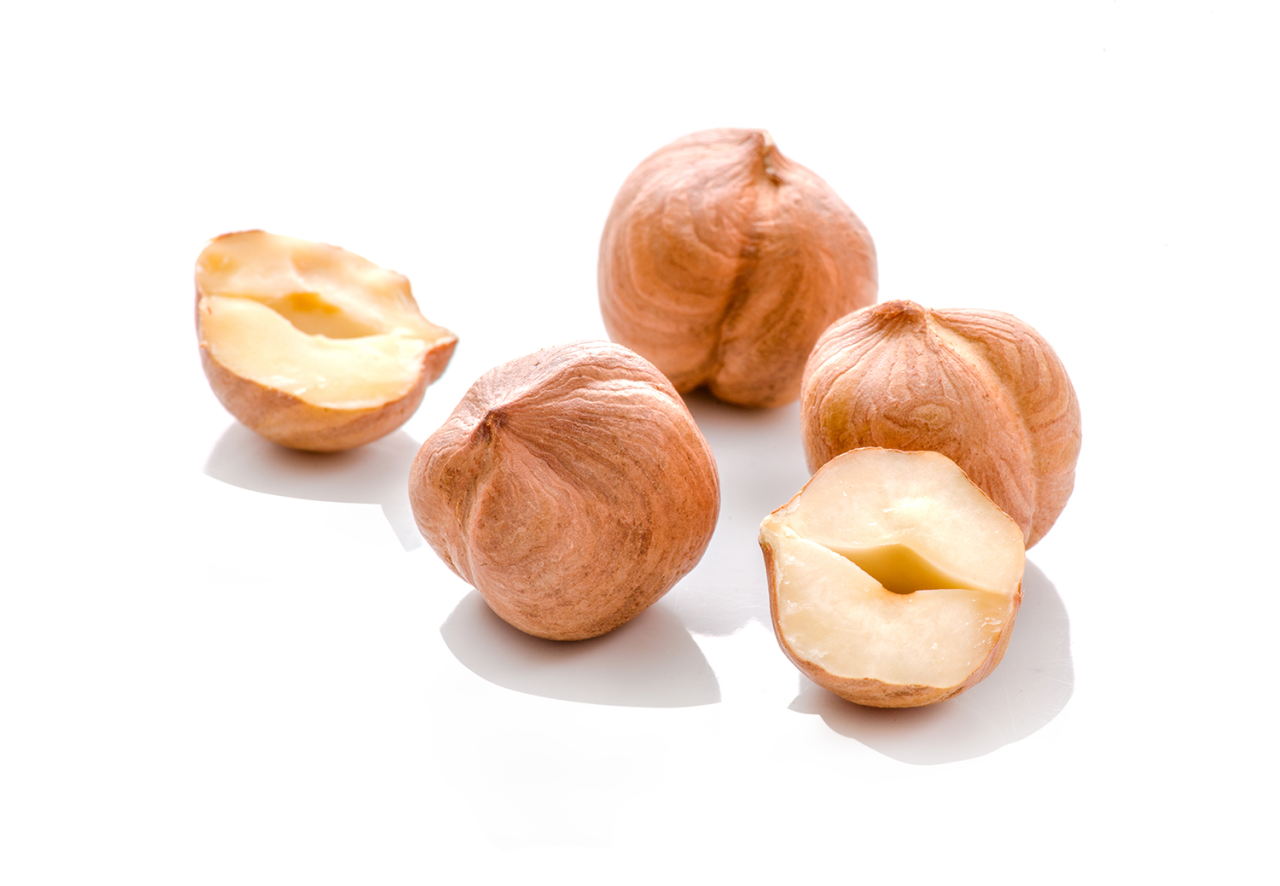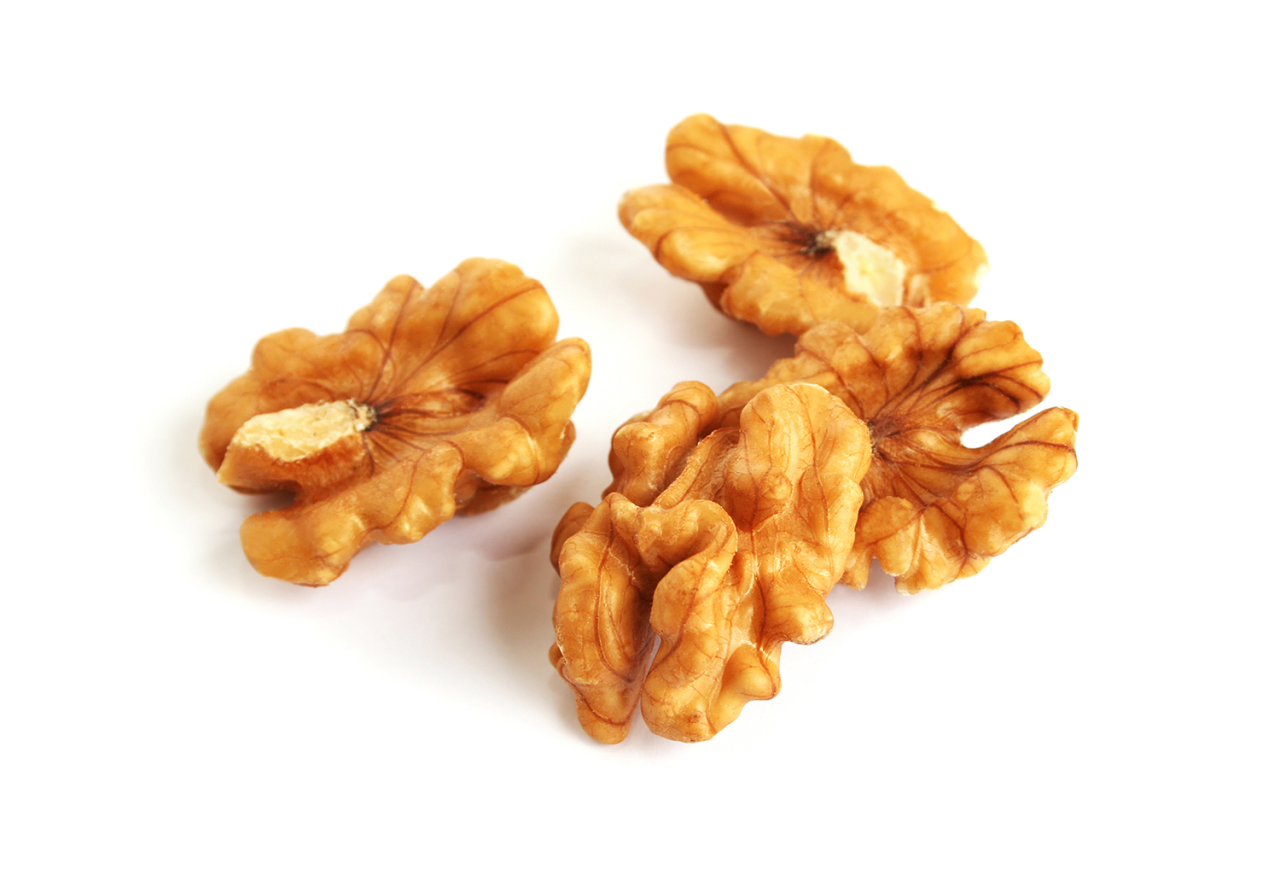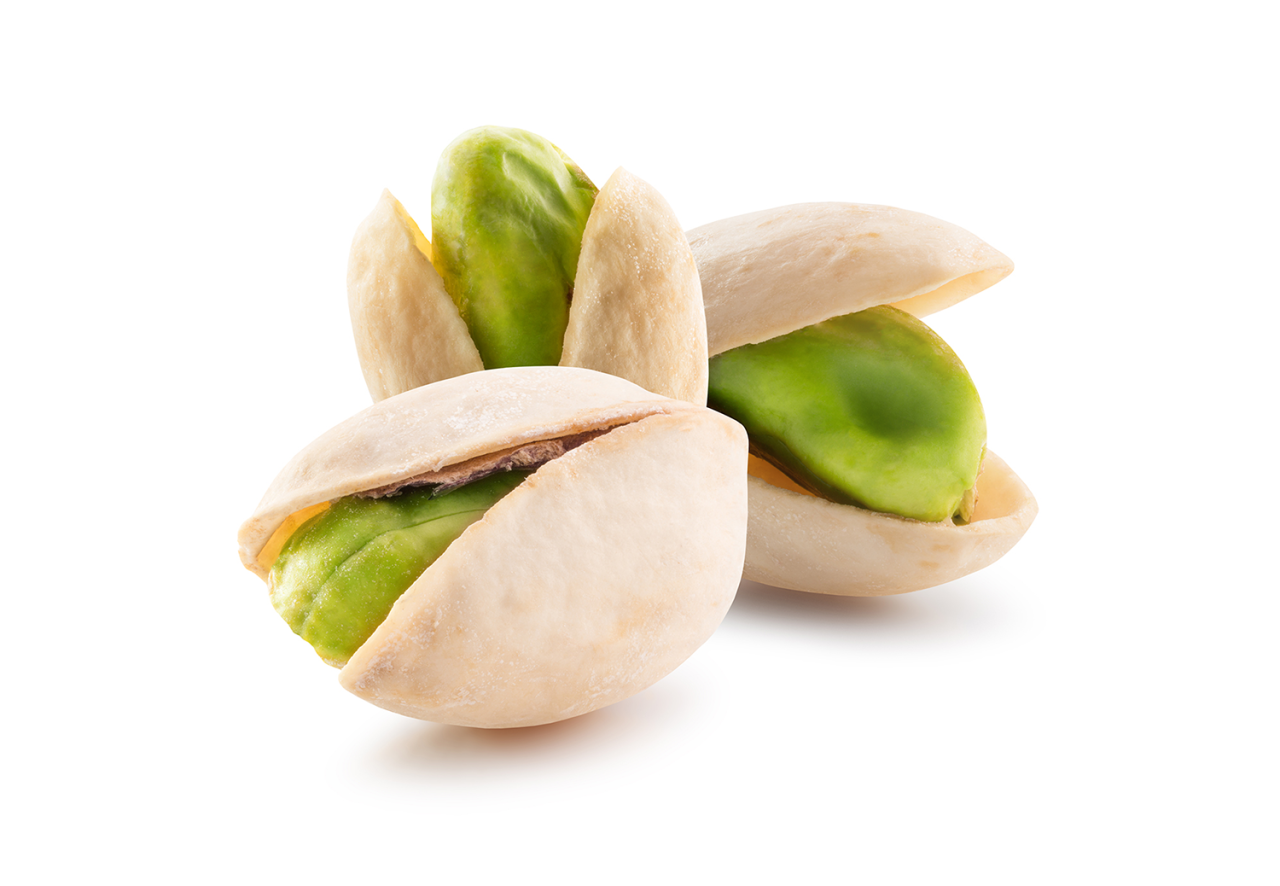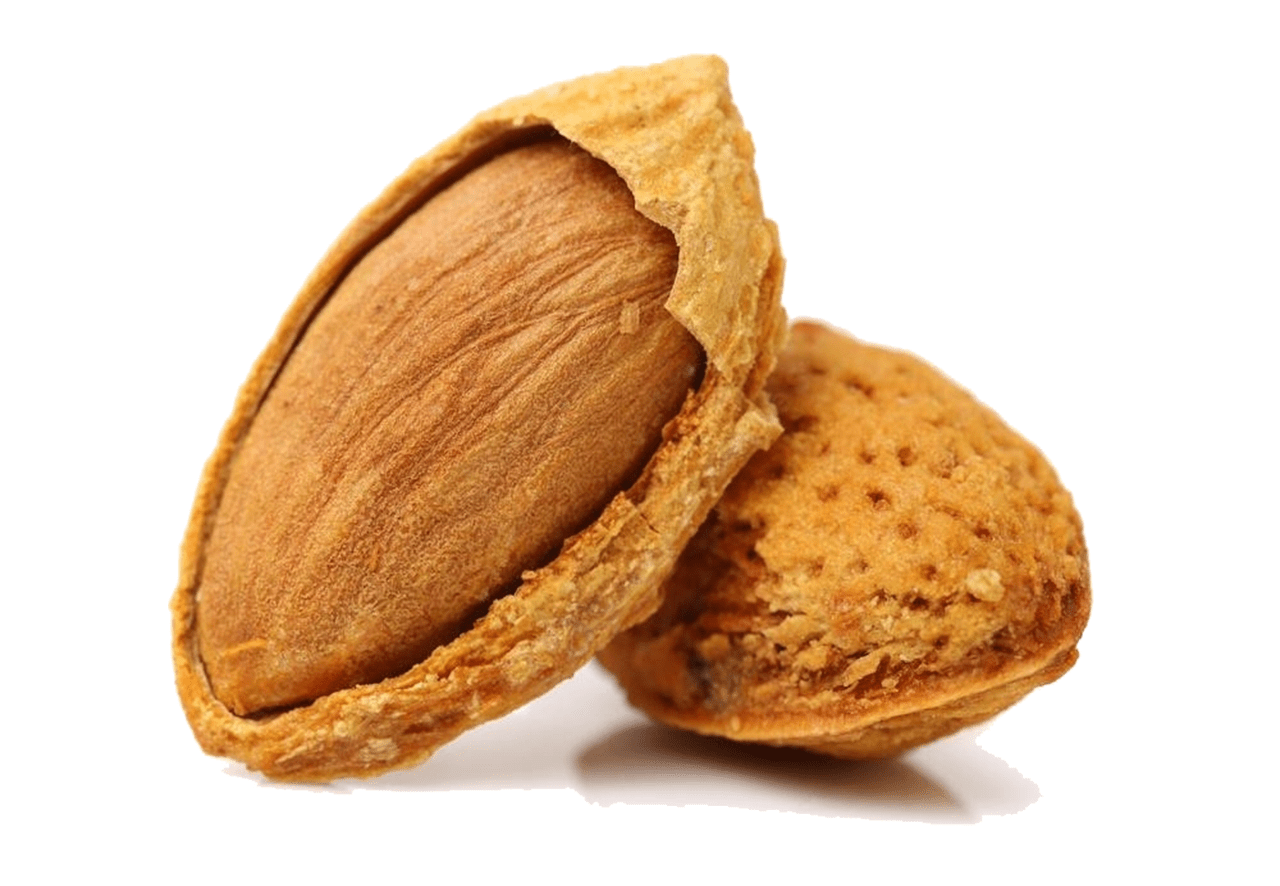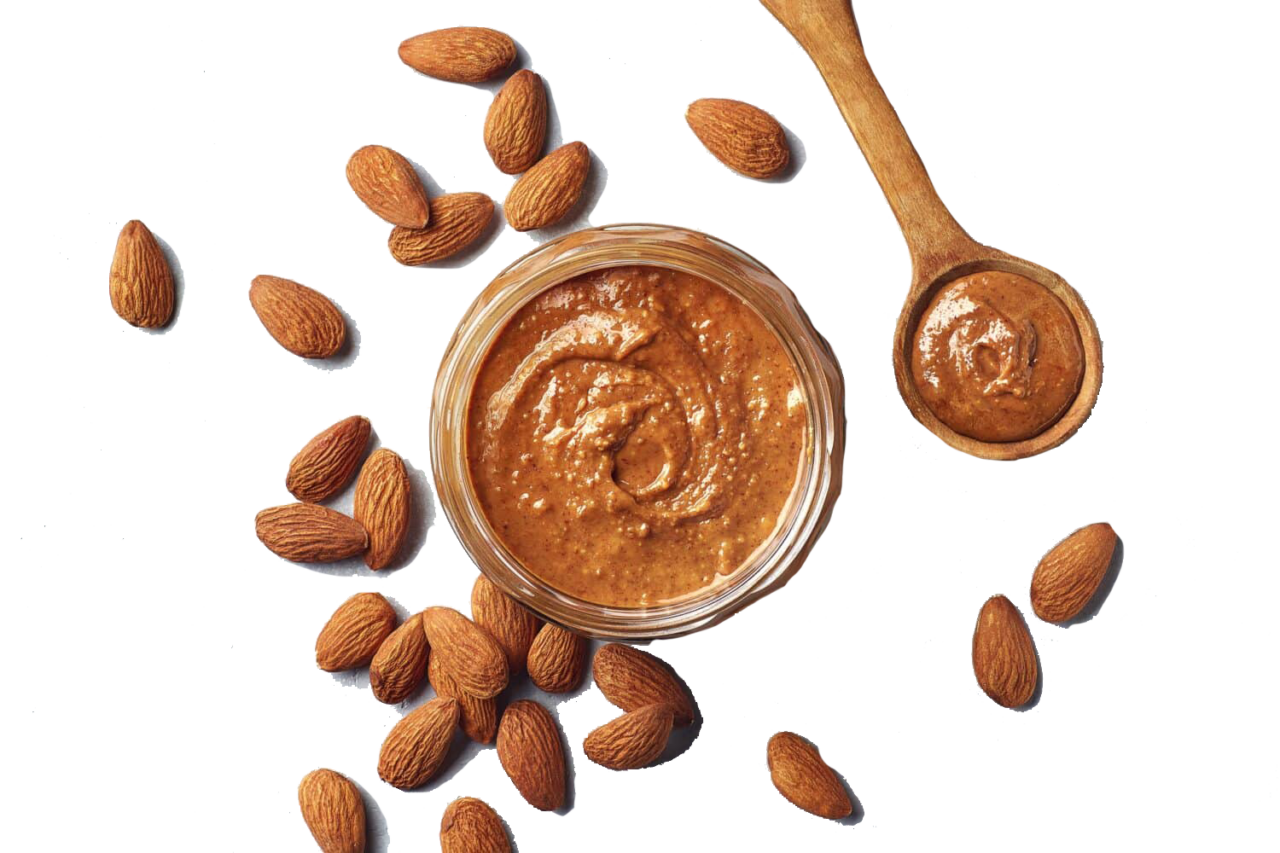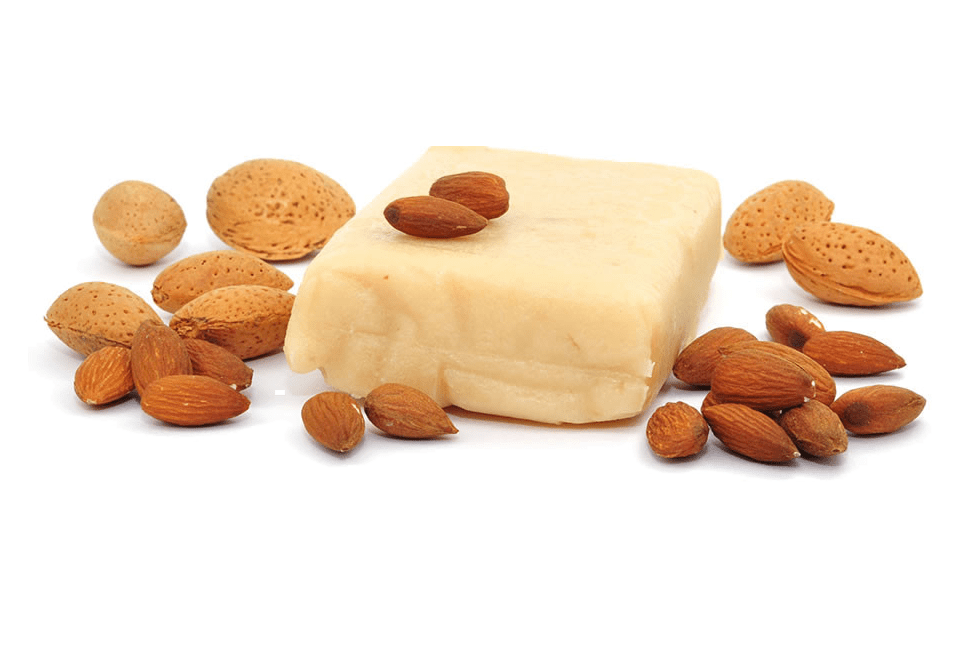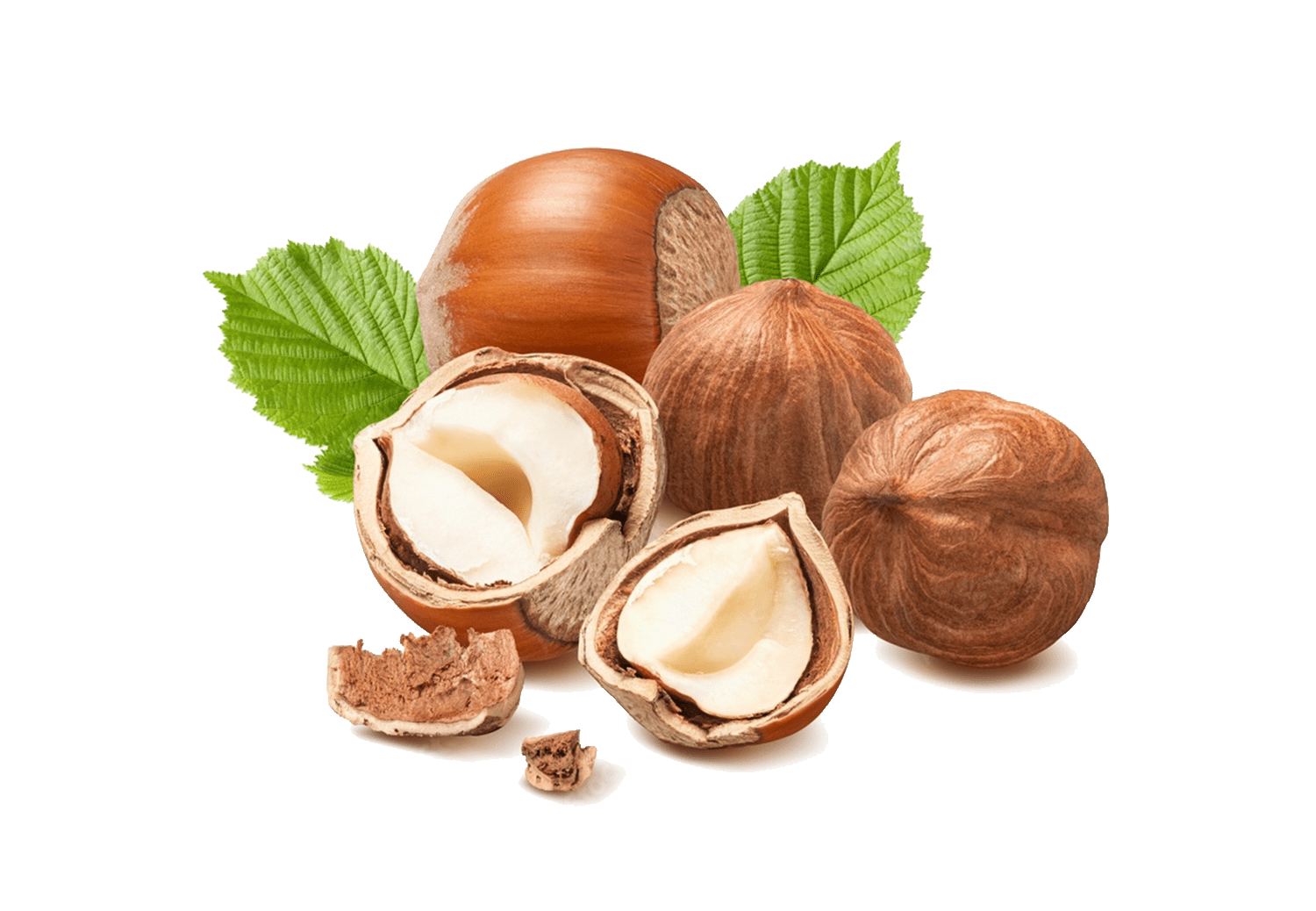
HAZELNUTS
The hazelnut belongs to the birch family and is a nut. It is available both as a tree and a shrub.
We use hazelnuts to make products such as hazelnut flakes, hazelnut flakes and hazelnut pulp. The most common areas of application are the baking and ice cream industries.
Nice to know: Incidentally, the branches of the hazelnut are very flexible. This is why they have been used for dowsing rods for a long time.
+ Growing region
Global hazelnut production is crucial for supplying the food industry, especially for the manufacture of chocolate, pralines, and baked goods. The quality of hazelnuts varies depending on the region where they are grown.
Around 60–75 % of hazelnuts come from Turkey. The main growing areas are located on the Black Sea coast, particularly in the provinces of Ordu, Giresun, and Trabzon. In Italy, the main growing area is in the Piedmont region. Almost 10% of hazelnuts come from the USA.
Turkey, Italy, USA , Azerbaijan, Georgia, Chile

Hazelnuts are considered brain food due to their valuable minerals, protein, trace elements and vitamins A, B, C and E.
+ Nutritional table (raw material)
| Energy: 628 Kcal |
Fat: 60,8 g |
Sugar: 4,3 g |
Dietary fiber: 9,7 g |
Carbohydrates: 16,7 g |
Healthy fat: 91,80 % |
Polyunsaturated fatty acids: 7,9 g |
| Protein: 14,9 g |
Salt: 0,002 g |
Vitamin E: 15 mg |
Magnesium: 163 mg |
Calcium: 114 mg |
Iron: 4,7 mg |
Saturated fatty acids: 4,5 g |
| Energy: 628 Kcal |
Fat: 60,8 g |
Sugar: 4,3 g |
| Dietary fiber: 9,7 g |
Carbohydrates: 16,7 g |
Healthy fat: 91,80 % |
| Polyunsaturated fatty acids: 7,9 g |
Protein: 14,9 g |
Salt: 0,002 g |
| Vitamin E: 15 mg |
Magnesium: 163 mg |
Calcium: 114 mg |
| Iron: 4,7 mg |
Saturated fatty acids: 4,5 g |

